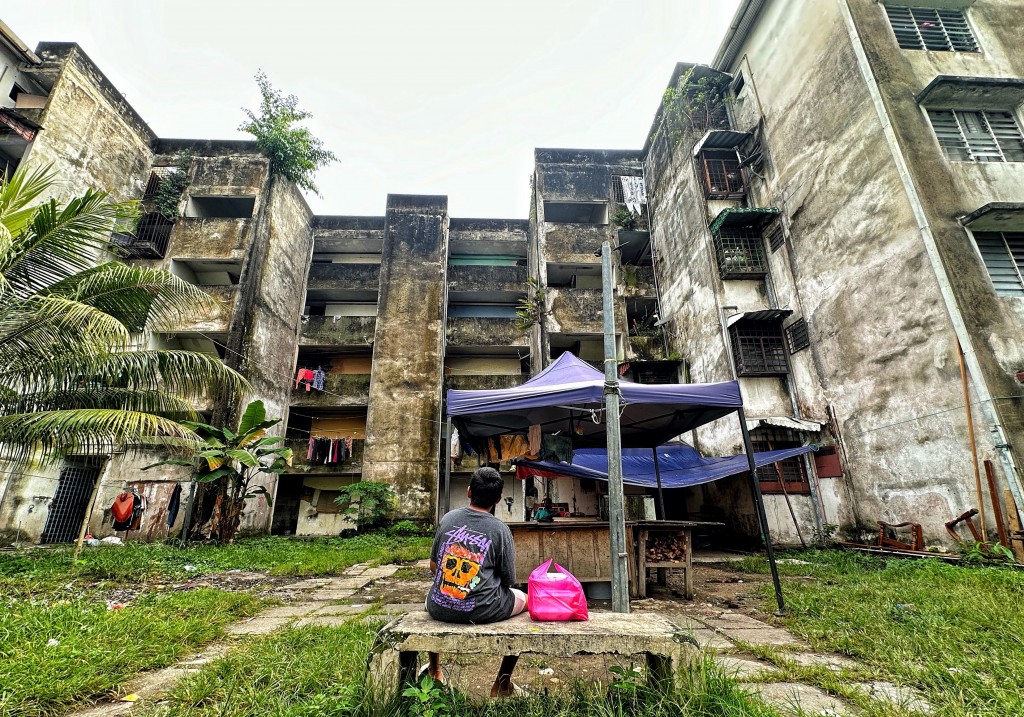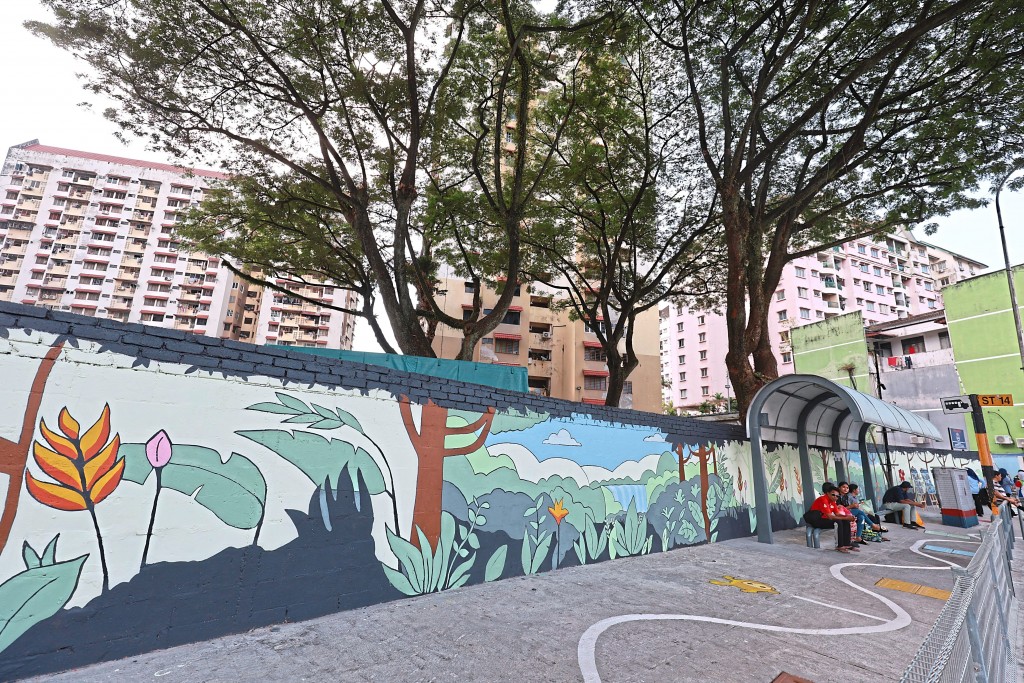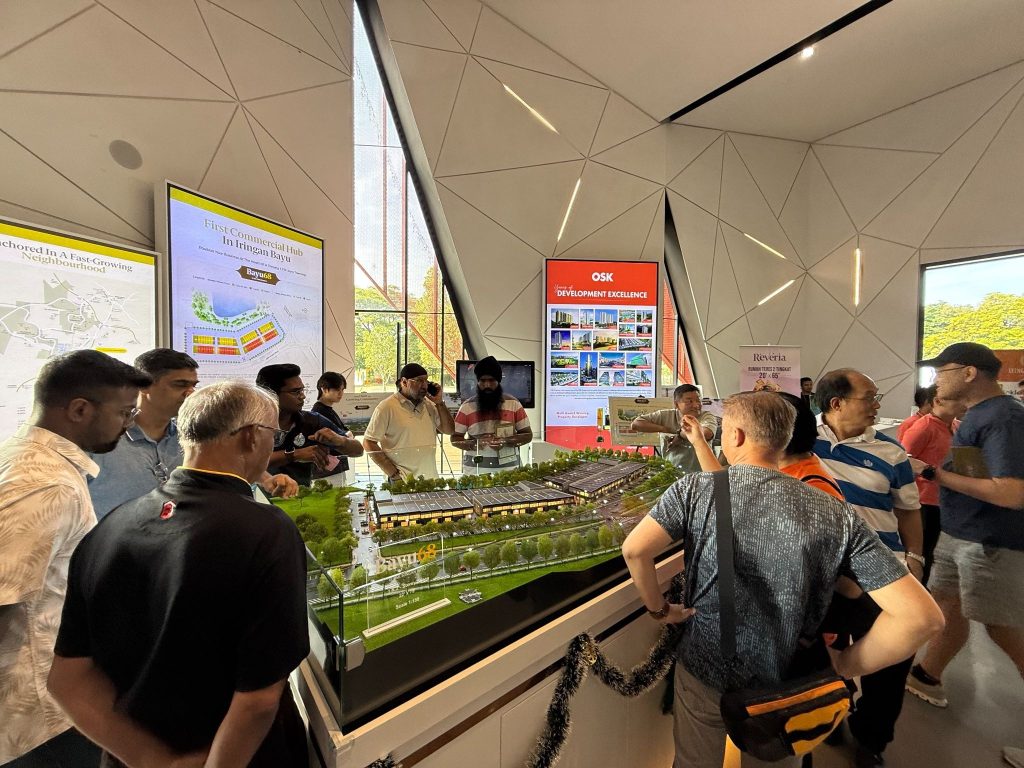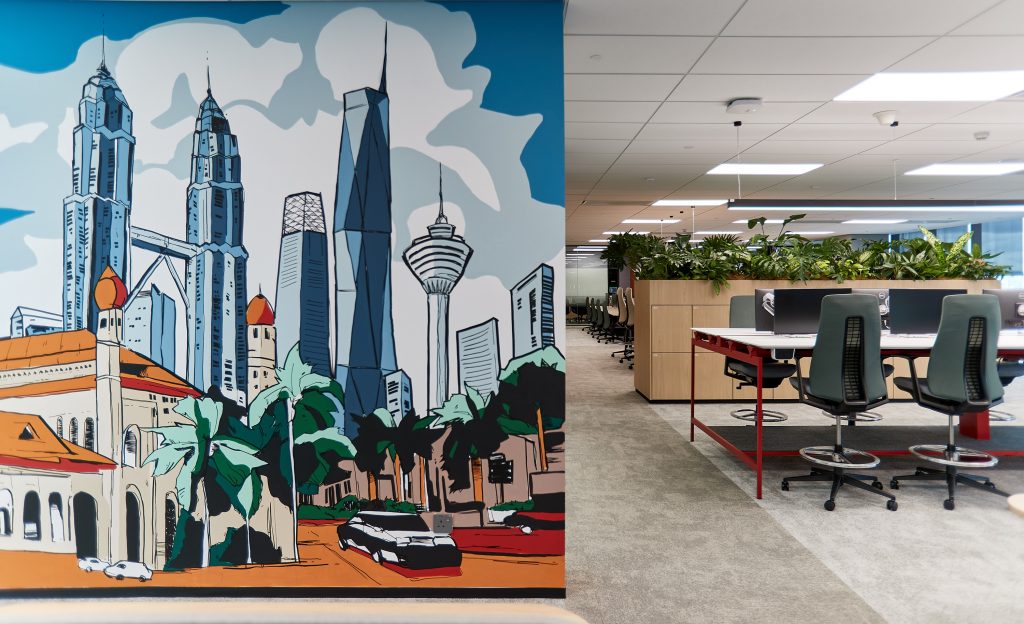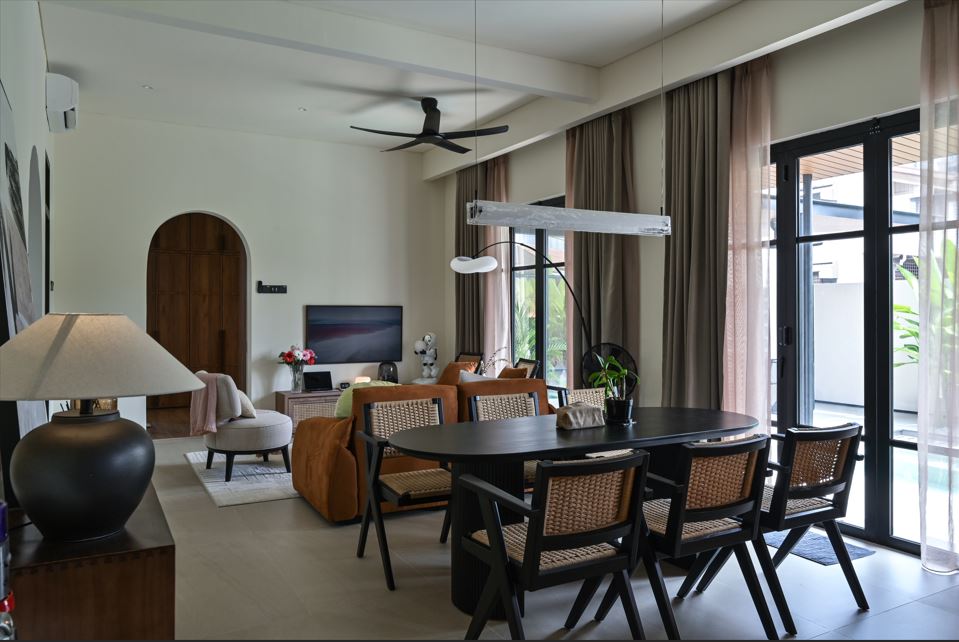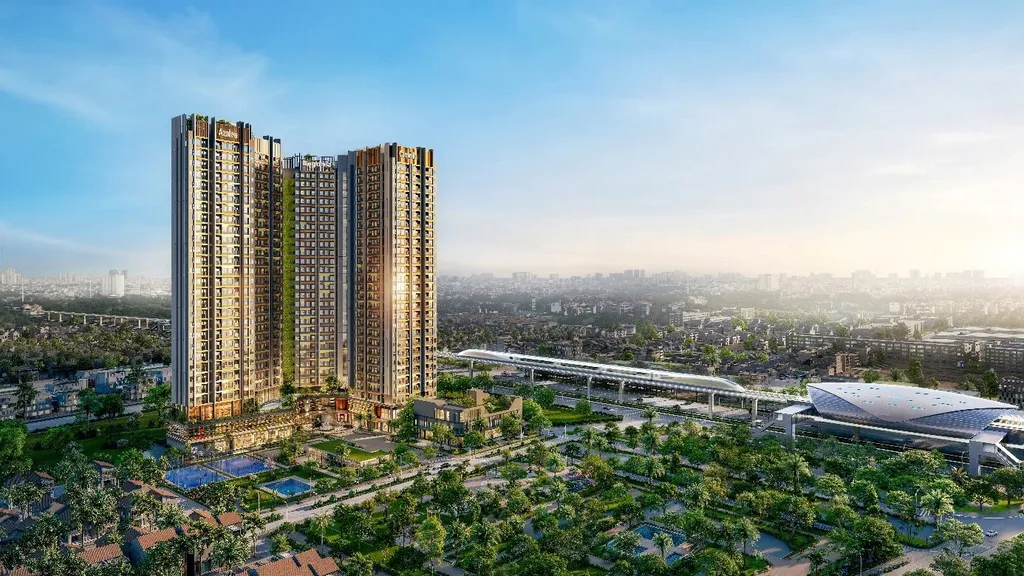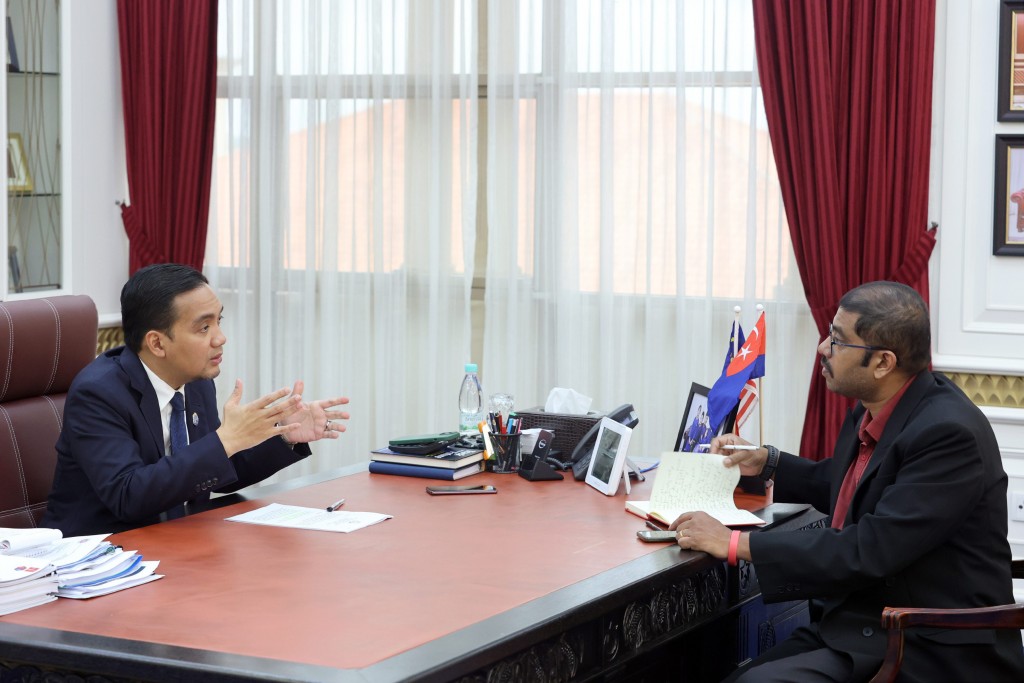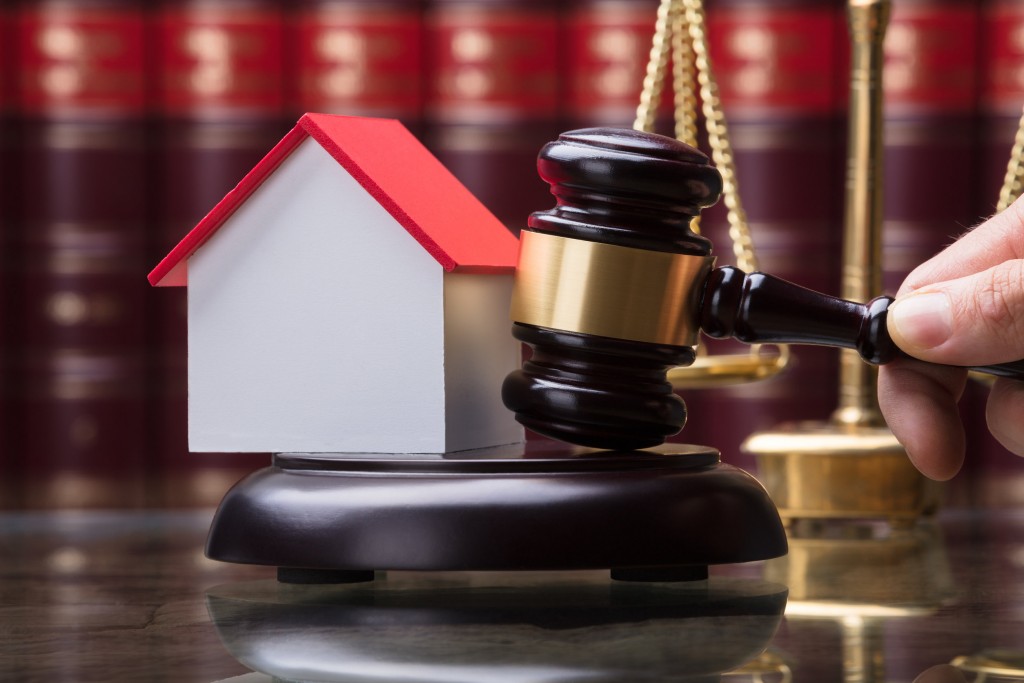The increasing number of headlines regarding the physical condition of Malaysia’s school facilities has placed the issue of dilapidated infrastructure front and centre. It prompts a critical national conversation about the safety, maintenance and overall resilience of our learning environments. Recognising this urgent and pervasive need, the Education Ministry will receive a total of RM66.2bil under Budget 2026.
It is timely to perform a re-examination because, beyond the emotional and social dimensions of safety, there lies a more tangible foundation. The structure itself has sway in shaping the daily lives of millions of children, as well as their safety in cases of emergency. The bricks, roofs, wiring, toilets, communal spaces and ensuing accessibility represent more than just infrastructure. In a way, they are some of Malaysia’s most nurturing community assets.
Yet, experts point out that they do not receive the same rigour applied to hospitals, offices or even transit hubs. Extreme cases aside, certain schools at near or full occupancy today regularly suffer from scheduled maintenance, strong design standards and clear accountability.
Current debate
The ongoing discussions surrounding school infrastructure are headlined by Education Minister Fadhlina Sidek, who has repeatedly stressed that safety is a shared responsibility. The Education Ministry has reportedly completed safety audits at more than 700 schools nationwide. Focus has zoomed in on the reassurance that all toilet repairs alongside other minor upgrades funded under the 2024 allocation have been completed. Thus, a first-of-its-kind comprehensive school safety guideline will see the light of day in December 2025.
The school safety guideline will apply to all national and aided schools, with the aim of standardising how schools conduct inspections, maintenance, risk assessments, emergency responses and overall safety procedures across physical infrastructure and facilities.
As previously mentioned, the move comes amid growing attention to school safety and follows the audits of the 700 schools to identify potential hazards and maintenance gaps. The new guidelines are expected to strengthen preventive maintenance, unify safety practices and improve oversight to ensure that schools are safer and better maintained nationwide.
For property observers, this marks a shift from ad-hoc repairs to preventive asset management. Following the move, an outpouring of support noted that schools must be treated as living buildings, because a leak or loose fixture today can become a hazard tomorrow if it is not logged, costed and fixed systematically.
That approach reflects what private-sector property managers call a life-cycle maintenance plan. These include scheduling inspections, budgeting for replacement and ensuring safety audits are not just a formality but a financial routine. If implemented well, the ministry’s new framework could set the same expectations for public schools.
Obstacles that hampered earlier intervention
The heated discussion of 2016 may be in the past but the idea's core connotations resonate with today's issues. It was agreed upon that primary school administrators generally supported safety management but were hampered by limited training and time. The research revealed that key practices such as playground inspections and structured maintenance logs depended largely on each school’s initiative rather than consistent national standards.
Experts recommended measurable safety indicators, annual audits and training modules so teachers could recognise infrastructure risks. Their findings remain instructive, emphasising that a policy is only as strong as the people and budgets that support it.
In property terms, it is the difference between policy compliance and asset stewardship. A cracked drain cover or malfunctioning ceiling fan may seem trivial but multiplied across 5,000 schools, such lapses represent both financial loss and safety exposure.
Designing safer learning environments
School safety begins long before the first bell rings. It starts right at its conception, the design and siting stage. While not as applicable to existing schools, it is still interesting to note. The Environmental Department (DOE) published its Guidelines on Environmental Noise Limits and Control, which reminds planners that proximity to highways, factories or construction sites can affect not only noise but also air quality and student concentration. For new schools, the issues of acoustics, ventilation and natural light should be treated as critical as classroom size.
Additionally, safety also becomes a design philosophy. Wide corridors with clear sightlines, slip-resistant flooring, adequate fencing and lighting and materials that withstand Malaysia’s humidity are not luxuries but an architecture of peace of mind.
Maintenance culture
There is no doubt that without upkeep, buildings deteriorate. Even the best-designed ones show visible signs of wear and tear on bad days. As such, it can be said that in the cases of public schools, maintenance leans more towards reactivity. Repairs are made only after a complaint is lodged or an accident occurs.
The Education Ministry’s figures show billions channelled into refurbishment, yet maintenance backlogs persist especially in older or aided schools. The reason for this? Property professionals say part of the challenge lies in fragmented ownership. The hierarchy sees the federal ministry, state governments and school boards setting different standards. What this leads to is a blurring of accountability. A solution could be to introduce a centralised digital asset-tracking system that is similar to those used by local councils. Its main purpose is to allow schools to record defects, upload photos and even trigger response workflows automatically.
When managing school conditions, the principle that an ounce of prevention is worth a pound of cure is an essential operational guideline. Preventive maintenance is said to cost a fraction of post-incident reconstruction. An interesting take on this could be that in building management, safety is not an event but a calendar.
Community help
Parental and community involvement in safety programmes has shown that, from a property standpoint, schools actually thrive when nearby residents act as their eyes and ears. Parent-teacher associations (PTAs), local councils and even neighbourhood watch groups can assist in monitoring surroundings, reporting vandalism or fundraising for small infrastructural upgrades.
The Education Ministry has already encouraged partnerships with fire departments, local councils and public-health units with what academics call the brigade community model. For schools, this could mean scheduled joint inspections or safety-day campaigns that blend awareness with action. In infrastructure terms, it builds a culture of shared ownership that is essential for schools spread across the nation.
Developers are also part of the community, especially those investing heavily in indoor-environment quality metrics. Green building standards do more than save energy because they keep classrooms comfortable and possibly reduce illness rates.
Every tragedy that strikes a school community is a loss. Yet it also exposes how much infrastructure matters to emotional security. Well-lit spaces, proper maintenance and security might seem like mundane details but they communicate to students that their safety is valued.
This article was first published on Starbiz7.
Stay ahead of the crowd and enjoy fresh insights on real estate, property development and lifestyle trends when you subscribe to our newsletter and follow us on social media.



